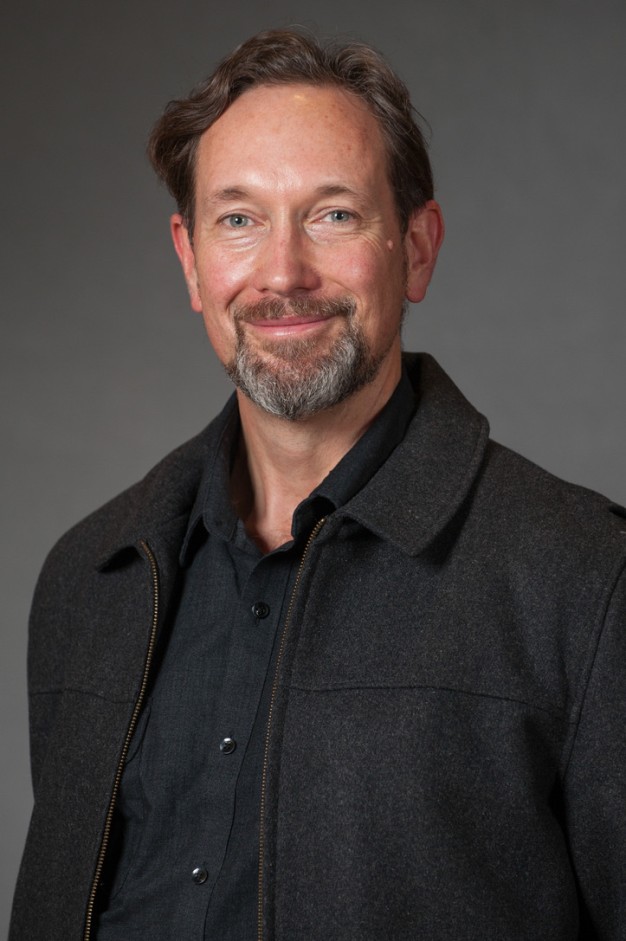Featured Fellow: Leo Garofalo (2022-2023 William S. Willis Jr. Short-Term Fellow)
The Library & Museum at the American Philosophical Society supports a diverse community of scholars working on a wide-range of projects in fields including early American history, history of science and technology, and Native American and Indigenous Studies, among others. Read on to learn more about some of our fellows and their research at the APS. Additional information about our fellowship programming and other funding opportunities can be found here.
Briefly describe your research project.
I am a social and cultural historian from Connecticut College researching Afro-Andean life in Cuzco, Peru and on the Pacific from the 1530s to 1726. Last year, with support from the Gerda Henkel Foundation, I carried out archival research in Seville, Madrid, Lima, and Cuzco to collect source materials for a book Lifting Silences: The History of Africans and Afro-Andeans in Cuzco, 1500s and 1600s (under contract with University of Alabama Press in the Atlantic Crossings Series). This book is about the lives and actions of Black people in the highland and highly indigenous Cuzco region. It covers a key time period within a key region rarely discussed in scholarship. I spent January of 2023 researching at the American Philosophical Society’s Library & Museum and reflecting on what the APS’s materials helped me understand about the archival documents I examined abroad. After APS, I returned to Cuzco working in the regional and local Church archives until the end of March, when I began research and writing as a fellow at the John Carter Brown Library and then at the Beinecke Library.
What collections did you use while working at the APS?
Sources and clues about the Andes and its connections to the early Spanish Transpacific are scattered across a wide geography, including in the vaults of the APS’s Library and Museum. My one-month, short-term residential fellowship at the APS allowed me to find and incorporate several key elements from the Library into my book. In particular, I benefited from access to published books like Pedro Murillo Velarde’s Historia de la Provincia de Philipinas (1749), José de Acosta’s The Natvrall and Morall Historie (1604), and Pedro Chirino’s Relación de las Islas Filipinas. I also read widely in materials that helped me reconstruct the routes and experiences of earlier travelers, missionaries, and Afro-Andeans in their retinues. These included: Antonio de Ulloa’s Relacion historica del viage a la America Meridional (1748), Thomas Forrest’s A voyage to New Guinea, and the Moluccas (1779), and W. S. W. Ruschenberger’s Three years in the Pacific (1834). Printed maps in bound books helped me pinpoint the journeys I found itineraries for in the archival documents. For example, Legentil de la Galaisiere’s Voyage dans les mers de l'Inde and Amédée Francois Frézier’s Relation du voyage de la mer du Sud.
What’s the most interesting or most exciting thing you found in the collections?
Two items were unexpected finds and useful for my project’s historical reconstructions: Johann Bissel’s illustrated Argonauticon Americanorum, sive historiae periculorum Petri de Victoria ac sociorum ejus (a 1698 translation of the 1610 Naufragio y peregrinacion by Pedro Gobeo de Vitoria) and the never published handwritten diary of Pedro José Parras labeled as the “Diario y derrotero de los viages que ha hecho desde que salió de la Ciudad de Zaragosa en Aragón para la América, 1748-1759.”
Do you have any tips or suggestions for future fellows or researchers?
I recommend that future fellows and researchers pay special attention to the excellent collection of handwritten and unpublished diaries and logbooks. These cover not only the Atlantic World, but also the Pacific coasts of North and South America and the Transpacific.
The library also has a magnificent collection of published maps, as well as extensive linguistic materials—including some for Mesoamerica and South America.
The Library proved to be an intellectually generative space for new thinking, and I was able to test my hypotheses and analysis at Brown Bags. I encourage future fellows to participate fully in these activities that the Library’s dedicated staff organize.
Any suggestions for must-see places or things to do in Philadelphia?
The Reading Terminal food market is a wonderful place to eat or to shop for food.

